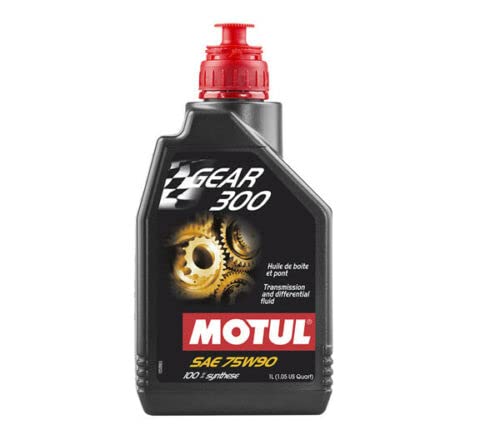1 Pc Lubricants Gear 300 75W90, 1 Liter
Category: motul 75w90

Original Passage:
"In order to ensure the efficiency of the production process, proper inventory management is crucial. This involves monitoring and controlling the levels of raw materials, work-in-progress, and finished goods. Effective inventory management enables a company to meet customer demands promptly, minimize the risk of stockouts, avoid excess inventory, and optimize cash flow.
To achieve optimal inventory management, companies utilize various strategies. One popular approach is the Just-In-Time (JIT) inventory system, which aims to minimize inventory levels by ordering goods only when required for production or customer demand. This helps reduce carrying costs, storage space requirements, and the risk of obsolescence.
Another strategy is the Economic Order Quantity (EOQ) model, which determines the ideal order quantity that minimizes total inventory costs. By balancing ordering costs and carrying costs, companies can find the optimal reorder point for each item. This allows for efficient inventory turnover and ensures that production is not halted due to shortages.
Furthermore, companies often implement a first-in, first-out (FIFO) or last-in, first-out (LIFO) approach for inventory valuation. FIFO assumes that the first units purchased are the first to be sold, while LIFO assumes that the last units purchased are the first to be sold. Each method has its advantages and disadvantages, and the choice depends on factors such as tax implications and the nature of the products.
Investing in technology can also enhance inventory management. Advanced software solutions, such as enterprise resource planning (ERP) systems, can automate inventory tracking, improve demand forecasting, and facilitate communication between different departments. This promotes transparency and helps in making informed decisions regarding inventory levels.
Lastly, regular inventory audits and accurate record-keeping are crucial for effective inventory management. Audits help identify discrepancies, prevent theft or fraud, and maintain inventory accuracy. Accurate records ensure that inventory levels are up-to-date, allowing for better planning and control.
In conclusion, proper inventory management is essential for ensuring production efficiency and customer satisfaction. Companies can employ various strategies, utilize technology, and maintain accurate records to optimize inventory levels and meet market demands."
Revised Passage:
Proper inventory management is crucial for ensuring the efficiency of the production process. It involves monitoring and controlling the levels of raw materials, work-in-progress, and finished goods. Effective inventory management enables companies to promptly meet customer demands, minimize stockout risks, avoid excess inventory, and optimize cash flow.
Companies utilize various strategies to achieve optimal inventory management. One popular approach is the Just-In-Time (JIT) inventory system. It aims to minimize inventory levels by ordering goods only when needed for production or customer demand. This helps reduce carrying costs, storage space requirements, and the risk of obsolescence.
The Economic Order Quantity (EOQ) model is another strategy. It determines the ideal order quantity that minimizes total inventory costs. By balancing ordering costs and carrying costs, companies can find the optimal reorder point for each item. This ensures efficient inventory turnover and prevents production halts due to shortages.
Companies often apply the first-in, first-out (FIFO) or last-in, first-out (LIFO) approach for inventory valuation. FIFO assumes that the first units purchased are the first to be sold, while LIFO assumes that the last units purchased are the first to be sold. The choice of method depends on factors such as tax implications and product nature.
Investing in technology can enhance inventory management. Advanced software solutions, like enterprise resource planning (ERP) systems, automate inventory tracking, improve demand forecasting, and facilitate inter-departmental communication. This promotes transparency and informed decision-making regarding inventory levels.
Regular inventory audits and accurate record-keeping are crucial for effective inventory management. Audits identify discrepancies, prevent theft or fraud, and maintain inventory accuracy. Accurate records ensure up-to-date inventory levels, allowing for better planning and control.
In conclusion, proper inventory management is essential for production efficiency and customer satisfaction. Companies can employ strategies, use technology, and maintain accurate records to optimize inventory levels and meet market demands.
product information:
| Attribute | Value |
|---|---|
| date_first_available | January 20, 2022 |


















